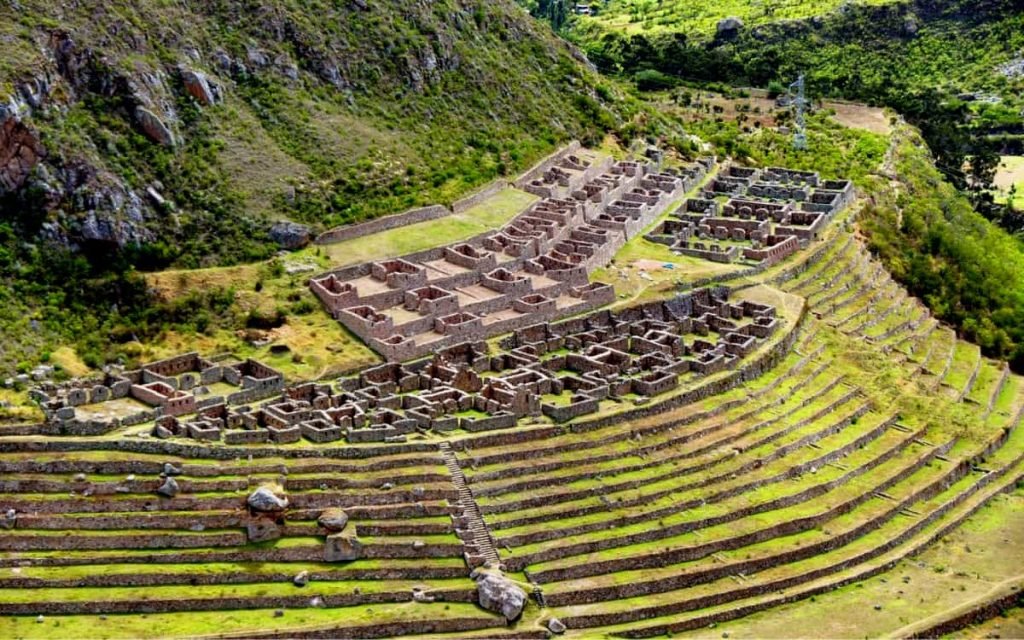Llactapata is an archaeological treasure hidden in the mountains of the Peruvian Andes that many visitors to Machu Picchu are unaware of, despite being strategically located and offering spectacular views of the famous Inca site. The name “Llactapata” comes from Quechua, the indigenous language of the Incas, and means “High City” or “Town in the Heights”. This historic site offers a fascinating glimpse into the ancient Inca civilization and the breathtaking scenery of the Andes.
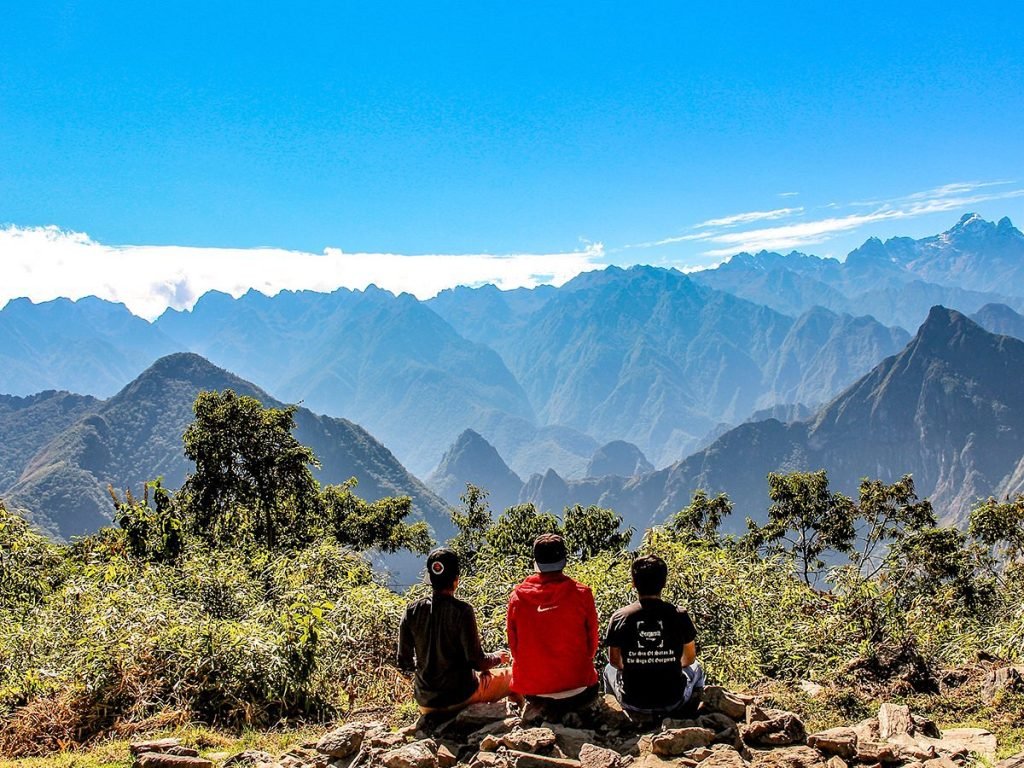
History of Llactapata:
Llactapata is an archaeological complex that includes agricultural terraces, ceremonial platforms and stone structures dating from the Inca period. It is believed to have had multiple functions, including agriculture on terraces that took advantage of the ideal exposure to the sun and a place for religious ceremonies and rituals.
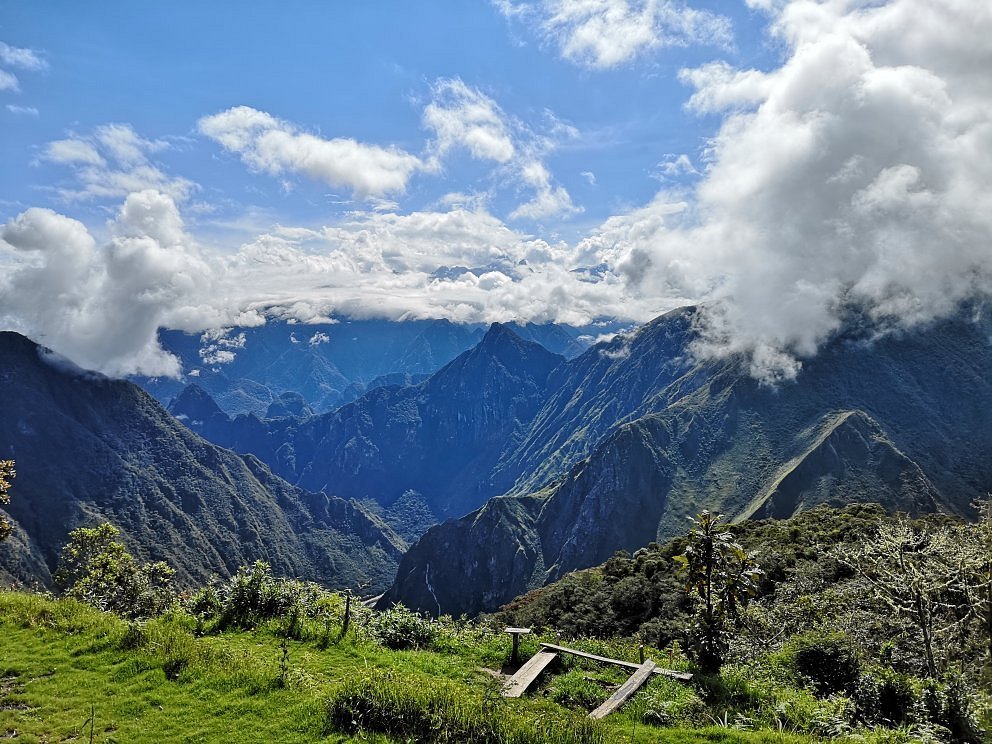
The location of Llactapata is especially noteworthy. It is located on the side of a mountain at high altitude, offering stunning panoramic views of the peaks of the Andes and, most importantly, Machu Picchu, which is visible in the distance. This unique view makes Llactapata of special significance for those following the Salkantay Inca Trail, an alternative route to Machu Picchu, as it provides an exciting first glimpse of the final destination.
Llactapata Today:
Although less visited than Machu Picchu, Llactapata has increasingly attracted the attention of travelers seeking a quieter, more intimate experience with Inca history. Many hikers and trekking enthusiasts take the opportunity to explore the ruins and enjoy the scenery before heading to Machu Picchu.
Preservation and sustainability:
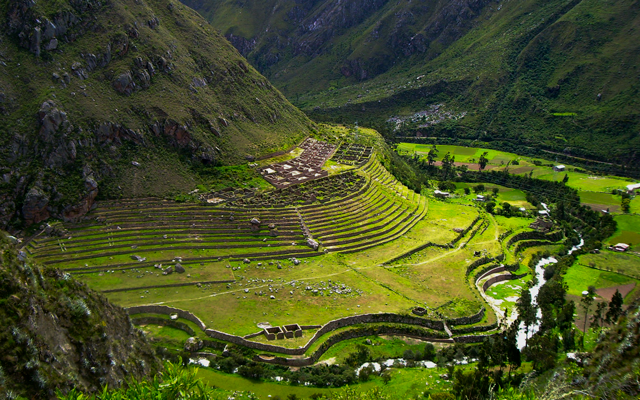
The conservation of Llaqtapata, as well as that of other archaeological sites in Peru, is a major concern. There are access restrictions and strict regulations to protect the structures and surrounding landscape. In addition, awareness of the importance of sustainable tourism practices has increased, encouraging visitors to respect and preserve these historic sites.
Llactapata is a window into the past, an opportunity to connect with the great Inca civilization and an exciting introduction to the majesty of the Andes Mountains. While Machu Picchu remains the main attraction, Llactapata offers a unique and memorable insight into the rich historical and cultural heritage of the region, making it an unmissable destination for those exploring this incredible part of Peru.
Llaqtapata through the eyes of the locals: shared history and traditions
Llactapata, located in the majestic mountains of the Peruvian Andes, is more than a historical site; it is a vital part of the identity of the local communities that inhabit the region. As you explore Llactapata, you will discover the rich history and traditions shared by the locals, who maintain a deep connection to this culturally and historically significant area.
Historical roots:
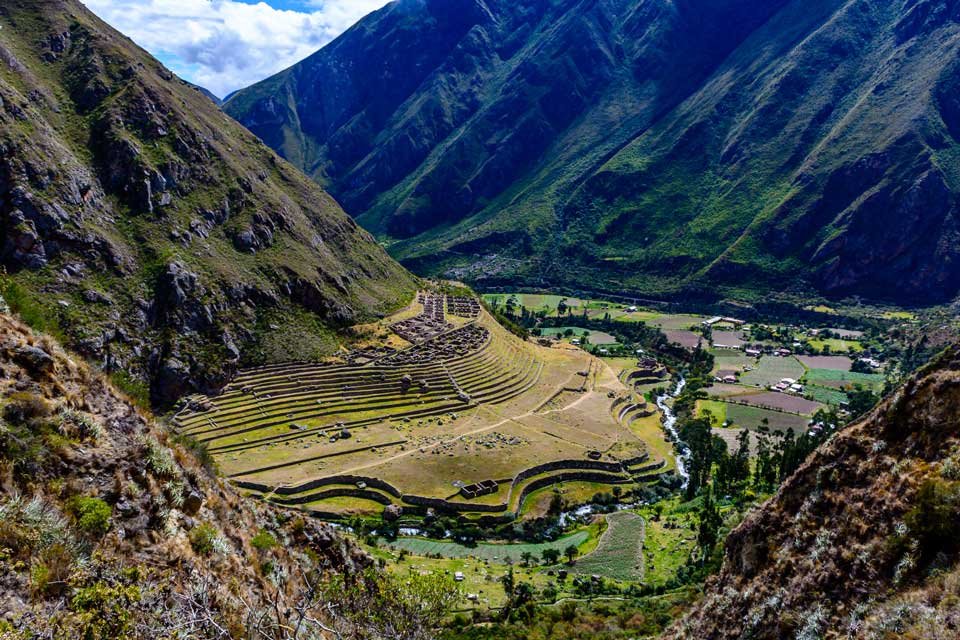
For the local communities living near Llactapata, this area is a direct link to their historical roots. Many of these families are descended from ancient Inca inhabitants and have orally passed down stories that span generations. They consider Llactapata not only an archaeological monument, but an integral part of their own history.
Cultural traditions:
The cultural traditions of the communities near Llactapata are enriched by the presence of this historic site. Many local celebrations and festivals incorporate elements of Inca heritage, such as traditional dances, music and costumes. Locals see these traditions as a way to honor their ancestors and keep the deep-rooted culture alive in Llactapata.
Connection with the Earth:
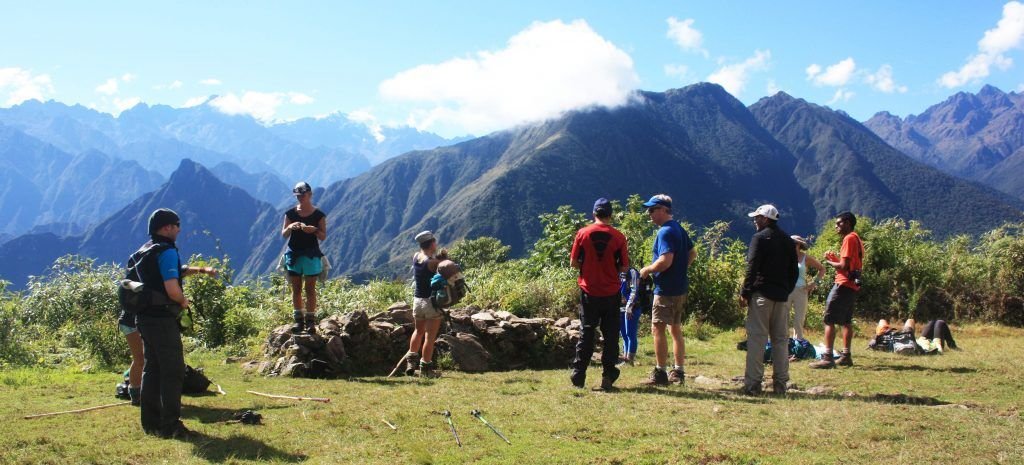
The relationship between the locals and the land surrounding Llactapata is one of deep respect and spiritual connection. They believe that the land is sacred and that it is their responsibility to protect it. This is in keeping with Inca traditions of respect for nature and harmony with the environment, values that have been passed down through the centuries.
Sustainable economy:
For many locals, the presence of visitors in Llactapata is an important source of income. They offer services such as tour guides, lodging and handicrafts, thus contributing to a sustainable local economy. This approach allows communities to prosper while maintaining the integrity of the archaeological site.
Challenges and hopes:
However, local communities face challenges such as the environmental impact of tourism and pressure on natural resources. Therefore, education and responsible tourism play a crucial role in mitigating these challenges.
Llactapata is an inspiring example of how an archaeological site can be more than just ancient ruins. It is a place where the history, culture and traditions of the local communities are intertwined with the glorious past of the Incas. By visiting Llactapata, travelers have the opportunity not only to admire its historical value, but also to engage in the stories and traditions shared by the locals, creating an enriching and authentic experience. It is a reminder that cultural heritage is not static, but continues to evolve and renew itself through the generations that embrace it.

